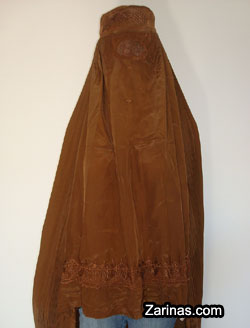
Kelly V. sent in a video by Alisa Miller of Public Radio International about the impact of news coverage on what we know about. In particular, she argues that changes in the U.S. news media, such as shutting down expensive foreign bureaus, have led to less coverage of events or issues in other countries:
For other examples of the role of media outlets in signaling what’s worth talking about, check out our posts on media outlets covering celebrity stories while chastising us for caring, presenting polls in the media, what stories get covered?, people are more interested in Tiger Woods than Afghanistan, meaningless statistics, U.S. and international versions of magazine covers, “us and them,” which missing kids get news coverage?, covering Obama and McCain, covering Obama and Clinton, and what’s worth covering in a slideshow?







